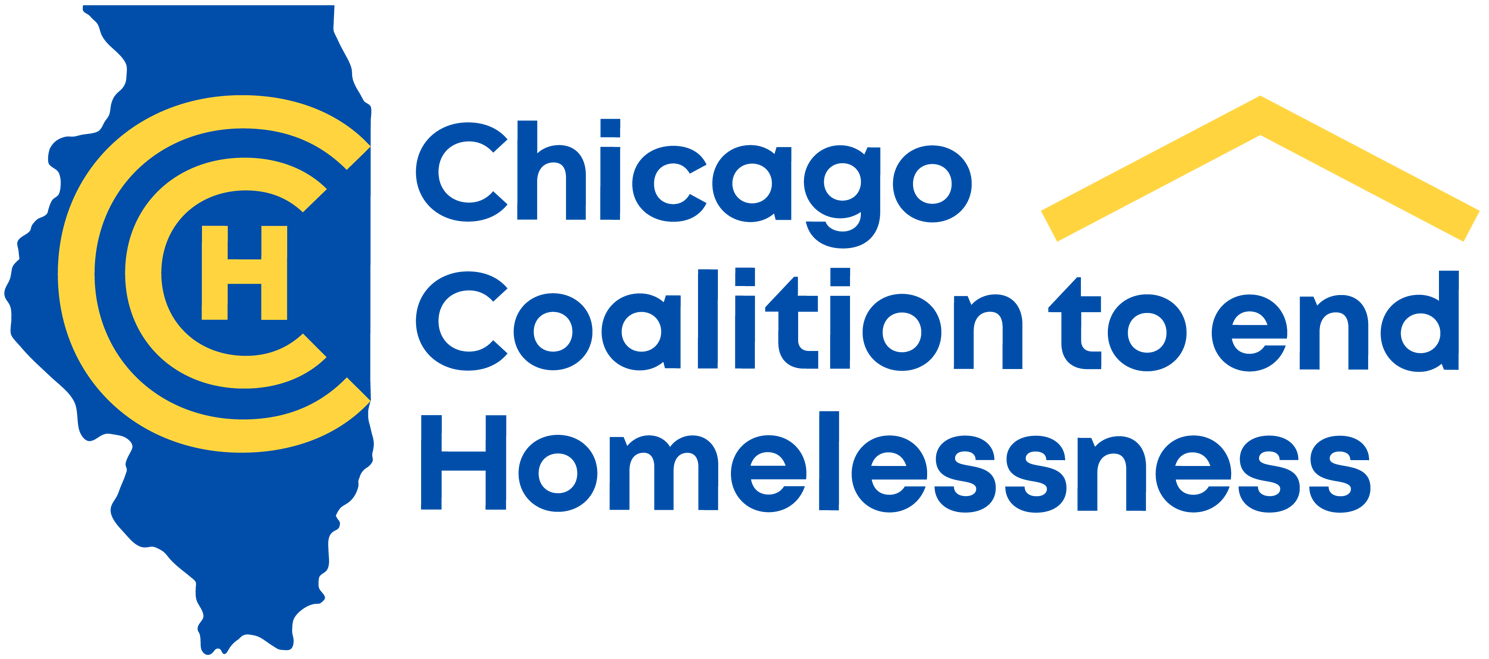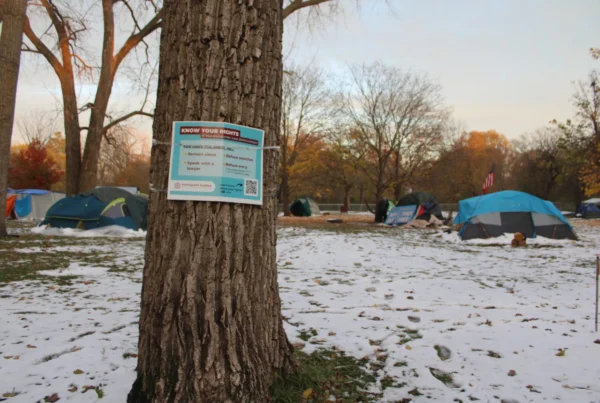By Mark Brown, columnist
An estimated 10,000 families experienced homelessness in Chicago at some point during the past year, according to a new study that suggests the city could identify them and intervene sooner.
The study is regarded as significant because it is the first to combine information from the city’s official database of homeless individuals with data from Chicago Public Schools, which tracks homeless students separately using a broader definition of homelessness.
The result is a count that tallies both families identified in the study as experiencing “literal homelessness” — living in shelters or on the streets — and the much larger number of homeless who are “doubled up” in living arrangements with relatives or friends.
Homeless advocates have been urging government policymakers for many years to recognize the needs of the doubled-up homeless. The study confirms families living in such unstable housing situations often end up in the shelter system later. It also provides unprecedented demographic insights into homeless families, which were defined as having at least one adult and one child.
The average size of a family accessing homeless services in Chicago is 3.3 members, slightly smaller than an average city family of 3.4 members. In those families, 70 percent have a single adult female, compared to 18 percent with two adults and just 9 percent with a single adult male.
The average age of the adults in those homeless families was 32, and most of the children were under the age of 10. Half of the homeless families reported having no income or income of less than $500 a month.

Courtesy of UChicago Urban Labs report “Ending Family Homelessness Report: Understanding the scale and needs of families experiencing homelessness in Chicago.” (Provided)
Based on the study, a coalition of advocates led by the Corporation for Supportive Housing urged the city and state to direct more funds toward homeless prevention and to make doubled-up families eligible for services. The study also found that one in four adults in families receiving homeless services report some type disability, typically a mental health problem. Three-fourths of those families had previously sought homeless prevention funding, but were deemed ineligible.
The homeless groups say the city should coordinate its efforts by reaching out to families with students the school system has identified as homeless, both to offer assistance and to keep track of them.
RELATED:
• They don’t live under a bridge, but they’re still homeless
• Homeless students need more than ‘token’ attention from CPS
• Question from Lower Wacker’s rousted homeless: ‘Where are the people gonna go?’
• City’s eviction of Lower Wacker homeless camp slows, but doesn’t stop
Although the numbers are daunting, the report indicates the total of 10,000 homeless families in the city is actually an improvement.
The total was 12,500 just four years ago and has decreased steadily each year since then, the study found.
But researchers note the drop in homeless families may be the result of the city’s changing demographics, which have seen a disproportionate population loss of low-income and African-American residents.
The study by the University of Chicago Urban Labs found that family homelessness falls most heavily on African-Americans, who account for 77 percent of families experiencing literal homelessness and 86 percent of those who are doubled up.
On Wednesday, the city cited its own efforts to end family homelessness through the Families in Transition program as one cause for the reduction. The program has housed 88 of the 100 families that took part, said Department of Family and Support Services Commissioner Lisa Morrison Butler.
Urban Labs researchers project the number of homeless families in the city will hold steady, or see a slight uptick, during 2018.






